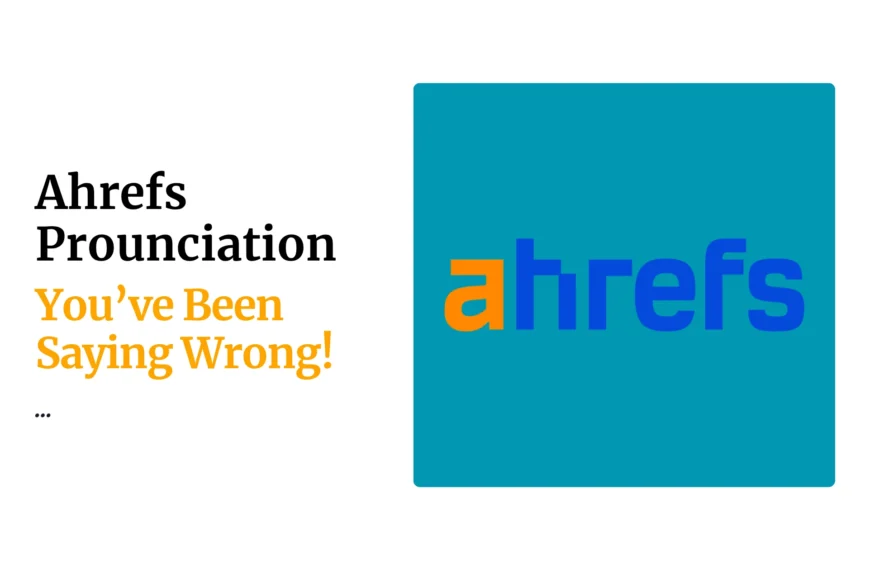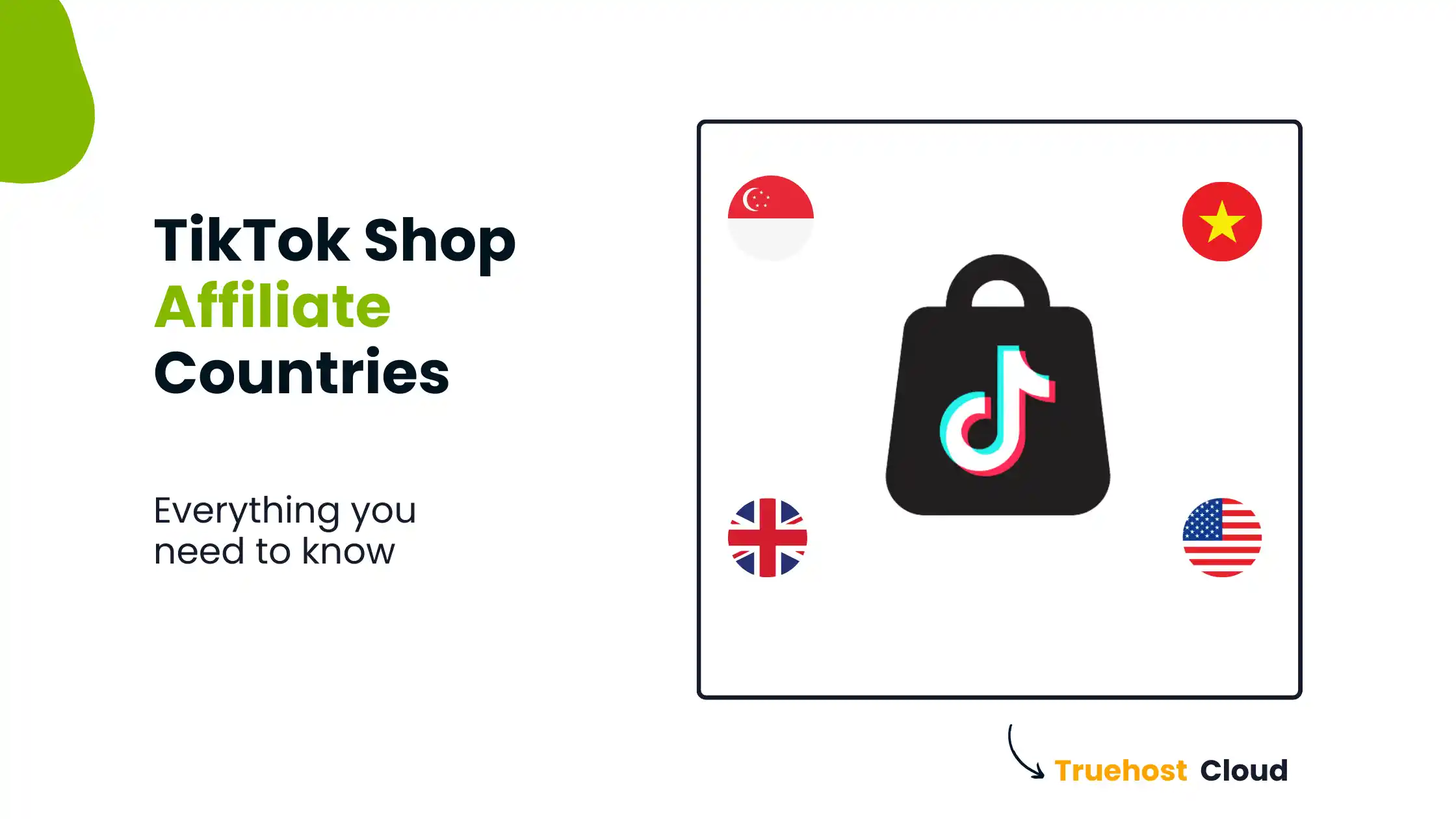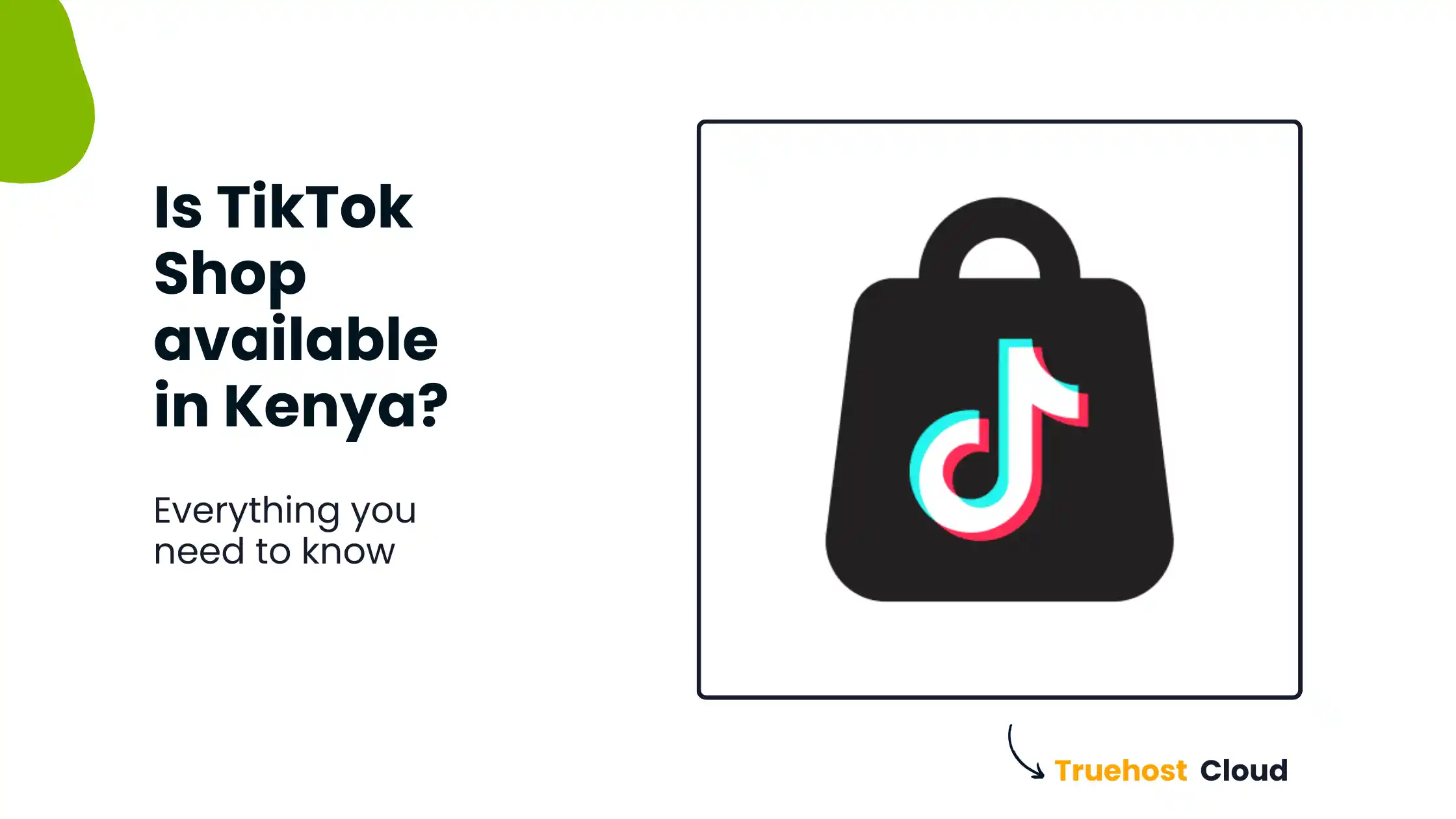Selling photos online can be a great way for photographers in Kenya to earn money from their work. With the rise of stock photo websites and online marketplaces, there are now more opportunities than ever to monetize photography.
In this post, we’ll provide a step-by-step guide to help Kenyan photographers start selling photos online.
We’ll cover everything from preparing your photos to uploading them to stock sites and marketplaces.
Whether you’re an amateur looking to make some side income or a professional photographer seeking to expand your business, selling photos online in Kenya is easier than ever.
The key is knowing where to sell your work and how to optimize your photos so they stand out.
Follow along as we break down the process and provide tips to help you successfully sell your photos online as a photographer in Kenya.
Step 1: Prepare Your Photos
The first step to selling photos online in Kenya is preparing your work so it meets the requirements of stock photo sites and marketplaces. Here are some key tips for getting your photos ready to sell:
- Optimize resolution and size – Most sites require photos to be at least 3000 pixels on the long edge and in landscape orientation. Refer to a site’s submit guidelines.
- Add relevant keywords – Include detailed keywords in the image titles/descriptions so they show up in buyer searches. Research popular search terms.
- Categorize photos – Organize your images into logical categories like business, lifestyle, travel etc.
- Enhance and edit – Properly edit your photos to look appealing. Adjust brightness, contrast, crop and straighten as needed.
- Highlight subjects – Ensure the main subject stands out. Remove cluttered backgrounds using depth of field.
- Work in batches – Edit photos in batches for consistency. Apply your custom presets.
- Model and property releases – Obtain releases if photos include recognizable people or private properties.
- Metadata – Fill out the detailed metadata when submitting. Include description, keywords, title, artist name, copyright info etc.
- Watermark – Lightly watermark photos to protect against unauthorized use. Avoid heavy watermarks.
- Raw files – Keep unedited copies of your photos as raw files in case further editing is needed.
- Quality check – Do a final review of resolution, technical quality, composition, titles & keywords before submitting.
Following these tips will ensure your photos meet the technical and licensing needs of stock websites. Submitting quality, optimized photos gives you the best chance of selling them.
Step 2: Where to Sell Photos Online in Kenya
Once your photos are prepped and ready, it’s time to decide where to sell them. Here are some of the top options for photographers based in Kenya:
Stock Photo Sites
- Shutterstock – One of the largest stock sites. Easy submission process. Pays 15-33% royalties.
- Adobe Stock – Owned by Adobe. Curated collection. Pays 33% royalties.
- Dreamstime – Accepts beginners. 50% royalties on exclusive images.
- Alamy – Established agency with 60M+ photos. Submission process can be lengthy.
- 123RF – Database of over 200M royalty-free images. Pays up to 40% royalties.
- Can Stock Photo – Leading microstock site. Earn up to 40% royalties.
- iStock – Owned by Getty Images. Exclusive and non-exclusive options.
- Depositphotos – Over 200M royalty-free stock photos. Up to 60% royalties.
When joining stock sites, carefully review the specific terms around exclusivity, royalties, licenses and more.
Online Marketplaces
- Etsy – Popular handmade/vintage goods site. Can sell prints.
- Fine Art America – Gallery site to sell prints, canvas, mugs, phone cases etc.
- ImageBrief – Marketplace for buyers to directly commission creators.
- 500px – Photo community site with licensing marketplace.
- SmugMug – Paid platform for showcasing/selling portfolio.
- Social media – Sell prints or digital downloads directly via Instagram, Facebook etc.
Online marketplaces allow you to sell your photos directly to buyers as prints, merchandise, downloads, and more. This gives photographers more control over pricing and profits.
Step 3: Set Your Prices
Pricing your photos in Kenya appropriately is key to earning decent profits. Some factors to consider:
- Licensing type – Prices are higher for exclusive vs royalty-free licensing. Limited licenses also fetch more.
- Photo quality – Photos that are eye-catching and technically sound warrant higher values.
- Uniqueness – Unique concepts and one-of-a-kind shots can command premium pricing.
- Site/marketplace rates – Consider what other photographers charge for similar photos.
- Production costs – Account for your equipment, editing software, travel costs etc.
- Usage – Commercial use photos generally sell for more than editorial use.
- Resolution – Higher-res photos (15+ megapixels) fetch higher prices.
- Current trends – Some themes like technology, diversity, and nature are popular.
- Keywords – Photos tagged with highly searched terms tend to sell better.
- Subject matter – Iconic destinations/landmarks often demand higher rates.
- Photographer reputation – Well-known photographers can ask for higher prices.
Some average price ranges to consider:
- Stock photos – $5 to $100+ per image depending on exclusivity and licensing
- Social media downloads – $5 to $25 for digital photo packs
- Prints – $20 to $100+ depending on print size and paper quality
- Merchandise – 15% to 25% royalties on items like mugs, t-shirts, phone cases
- Commercial use – Hundreds to thousands per photo for advertising, billboards etc.
Adjust your pricing based on your experience level, production costs, and client budget. Offer high-res options at premium rates.
Step 4: Promote Your Stock Photos
To maximize sales selling photos online in Kenya, you need to actively promote your stock photo portfolio by:
- Perfecting your portfolio – Curate your very best images to showcase your style. Update it regularly.
- Using social media – Share your photos and link to your portfolio across platforms like Instagram, Facebook, Twitter etc.
- Optimizing online presence – Have a professional photography website that links to your stock images.
- Writing a blog – Start a photography blog to establish yourself as an expert. Link to your photos.
- Focusing on SEO – Use relevant keywords, alt text, titles etc. to rank highly in photo searches.
- Collaborating – Partner creatively with models, brands, influences etc. and cross-promote.
- Pitching new concepts – Reach out to agencies/clients with ideas for fresh stock photos.
- Attending events – Network at trade shows and creative events to make connections.
- Joining forums – Interact and share advice on popular photography forums.
- Paid ads – Run Google Ads and social media campaigns to increase visibility.
- Email marketing – Send curated collections of your best photos to potential clients.
- Submitting to blogs/magazines – Reach out to publications related to your niche and offer photos.
- Following trends – Notice popular visual themes/styles and create relevant photos.
Promote new photos upon upload to stock sites. Be proactive and diversify your marketing mix. With persistence and creativity, you can build exposure for your photos.
Step 5: Track Sales and Trends
Finally, be sure to closely track sales and trends to identify what types of photos sell best in Kenya and maximize your earnings. Useful tips include:
- Use site analytics – Stock sites provide analytics on download numbers, royalty earnings per image etc. Review regularly.
- Track top sellers – Pay attention to your most downloaded photos and recreate similar concepts.
- Identify seasonal demand – Some themes sell best during specific holidays, events, seasons etc.
- Watch industry trends – Follow competitors and note the kinds of photos getting licensed frequently.
- Check popular searches – Stock sites share data on most searched keywords. Target relevant topics.
- Study sales by country – Note if certain regional markets purchase more of your photos.
- Compare exclusive vs royalty-free – See which licensing model earns you greater profits.
- Experiment with pricing – Try pricing some images higher or as premium offerings.
- Offer sales – Run occasional sales and bundles to boost volume.
- Diversify portfolio – Fill any gaps in your collection around popular themes.
- Remove underperformers – Archive photos that haven’t sold in long periods.
- Stay on top of trends – Continuously shoot and upload photos aligned with what is selling.
By frequently evaluating sales data and industry trends, you gain insight to help target your shoots and maximize earnings. Adapt your approach over time.
Read also:
- The Top 8 Best Platforms To Sell Online in Kenya
- No. 1 Guide on How to Sell on Etsy From Kenya
- How to Sell Shoes Online in Kenya: Step-by-Step
- How to Sell Clothes Online in Kenya: Step by Step
Key Takeaways
- Prepare photos properly before submission – edit, keyword, categorize etc.
- Utilize stock sites and online marketplaces to sell your photos.
- Price your work based on licensing, usage, quality and other factors.
- Actively promote your photo portfolio across a range of platforms.
- Track detailed sales data and trends to identify what sells.
 Domain SearchInstantly check and register your preferred domain name
Domain SearchInstantly check and register your preferred domain name Web Hosting
Web Hosting cPanel HostingHosting powered by cPanel (Most user friendly)
cPanel HostingHosting powered by cPanel (Most user friendly) KE Domains
KE Domains Reseller HostingStart your own hosting business without tech hustles
Reseller HostingStart your own hosting business without tech hustles Windows HostingOptimized for Windows-based applications and sites.
Windows HostingOptimized for Windows-based applications and sites. Free Domain
Free Domain Affiliate ProgramEarn commissions by referring customers to our platforms
Affiliate ProgramEarn commissions by referring customers to our platforms Free HostingTest our SSD Hosting for free, for life (1GB storage)
Free HostingTest our SSD Hosting for free, for life (1GB storage) Domain TransferMove your domain to us with zero downtime and full control
Domain TransferMove your domain to us with zero downtime and full control All DomainsBrowse and register domain extensions from around the world
All DomainsBrowse and register domain extensions from around the world .Com Domain
.Com Domain WhoisLook up domain ownership, expiry dates, and registrar information
WhoisLook up domain ownership, expiry dates, and registrar information VPS Hosting
VPS Hosting Managed VPSNon techy? Opt for fully managed VPS server
Managed VPSNon techy? Opt for fully managed VPS server Dedicated ServersEnjoy unmatched power and control with your own physical server.
Dedicated ServersEnjoy unmatched power and control with your own physical server. SupportOur support guides cover everything you need to know about our services
SupportOur support guides cover everything you need to know about our services








